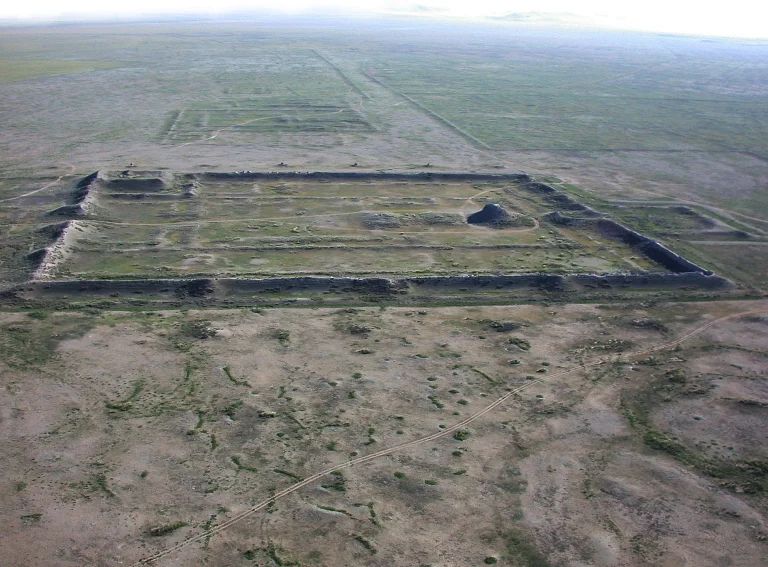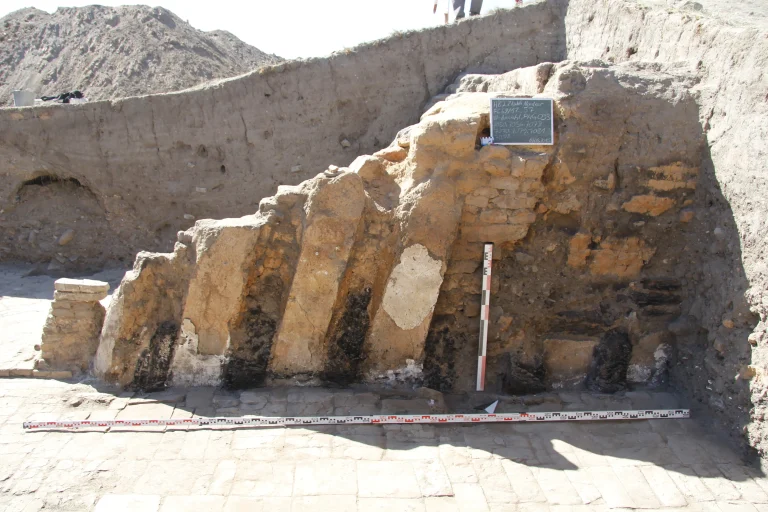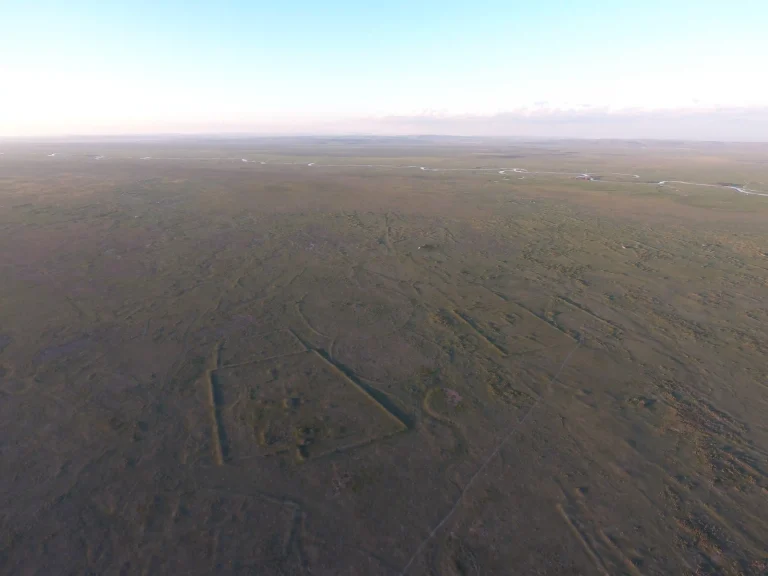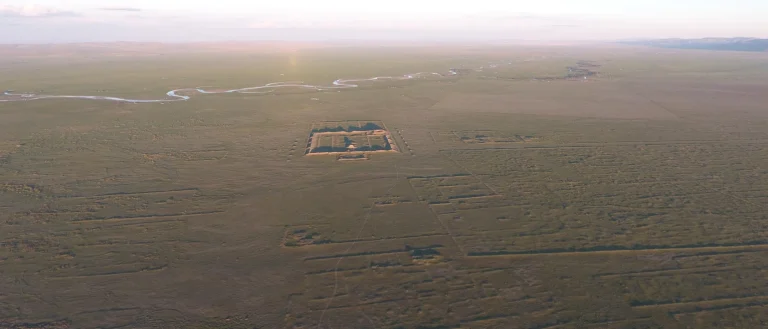
The History of Karabalgasun
Karabalgasun, also known as Ordu-Baliq, was the capital of the Uyghur Khaganate, which existed in Central Asia from 744 to 840 AD. This city is located in present-day Mongolia, on the Orkhon River, and is one of the most important archaeological sites in the region. Its history reflects the political, cultural and economic peak of the Uyghur Empire.
Founding of the City
Originally vassals of the Göktürks (who also ruled the Mongolian Orkhon Valley in the 6th and 7th centuries), the Uyghurs succeeded in asserting their power against the ruling clan in the middle of the 8th century after several prior unsuccessful attempts. They founded the Uyghur Empire with its new capital Karabalgasun in 745. They were a Turkic tribal confederation consisting of nine tribes who united and achieved great power in the Central Asian steppe region. It was Kutlug Bilgä Köl who was the first khagan of the united Uyghurs to assert his claim to power and who laid the foundation stone for the first Uyghur empire by founding the state and establishing the capital Karabalgasun.
Relations with the Chinese Tang Empire and the Sogdians
Compared to the preceding empires, the Uyghur empire was smaller in size, but all the more successful in enforcing tribute and trade privileges from China. The Uyghurs did not rely solely on plundering and receiving tributes, but instead offered themselves to the Chinese as military allies, such as the suppression of the An Lushan Rebellion, thus making themselves an irreplaceable support for the Tang dynasty. In return, they received an enormous number of valuable goods, such as 100,000 pieces of silk, with later records describing up to 500,000 pieces a year. Thanks to this enormous wealth, the Uyghurs, with the help of the trade network of the Central Asian Sogdian people, became important middlemen in trade along the Silk Road. The adoption of the Manichaean faith by the Uyghur ruler and the introduction of the Sogdian script illustrate the influential position that the Sogdians also had in the everyday life of the city. The famous trilingual inscription from Karabalgasun further confirms this.

Administrative and Commercial Centre
The city was established as an administrative and trading center and played a central role in the political and cultural life of the Uyghurs. Its name, Ordu-Baliq, literally means “palace city” or “army city” and indicates its function as the residence of the khagan and its place a military center.
Karabalgasun covered an area of around 44 square kilometers and was divided into various quarters, some of which were surrounded by walls. It was home to magnificent palaces, temples, residential quarters and craft workshops.
Karabalgasun was an important trading center on the northern route of the Silk Road. The city attracted traders from various parts of Asia, including Chinese, Sogdians and Arabs. These multicultural trading relationships contributed to the city’s economic prosperity and made it a hub of cultural exchange. Archaeological finds, such as coins, ceramics and textiles, attest to the city’s extensive trade connections and material prosperity.
The Capital Karabalgasun and its Sudden End
As the capital of the Uyghur Khaganate, Karabalgasun was the political heart of the empire. The khagans temporarily resided here and exercised their rule over an extensive area from here. The city was also a centre of education and culture. The Uyghurs were known for their written culture and left behind a large number of inscriptions, manuscripts and literary works.
The heyday of Karabalgasun came to an abrupt end in 840 AD, when the Uyghur Khaganate was destroyed by an attack by the Kyrgyz. The city was plundered and burned down, and the Uyghurs were forced to retreat to the west.


